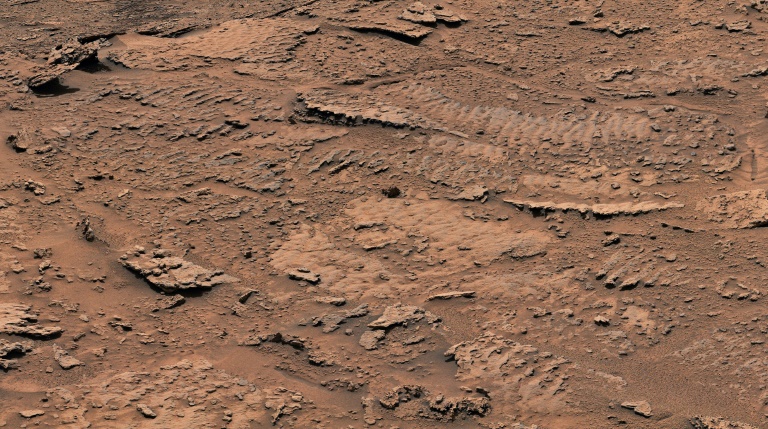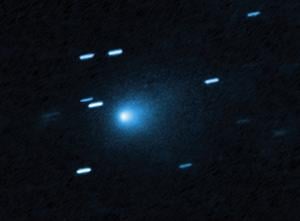Science
Curiosity Rover Discovers Unusual Structures on Mars

The Curiosity rover has identified unusual mineral formations on the surface of Mars that resemble coral. While this discovery provokes interest and curiosity, it does not provide conclusive evidence of past or present organic life on the planet. The findings highlight the complexity of Martian geology, suggesting that these structures may have formed through natural geological processes rather than biological activity.
Understanding the Discovery
The formations detected by the Curiosity rover exhibit branching patterns that are reminiscent of coral, a characteristic not typically associated with Martian rocks. Generally, Martian rock formations demonstrate sharp, right-angled fractures, indicating a straightforward geological structure. In contrast, these new formations present a departure from the norm, prompting further investigation into their origins.
Despite their coral-like appearance, scientists caution against jumping to conclusions. Mineralization can occur in various forms, producing intricate shapes without the influence of biological processes. For instance, many may recall the “grow your own crystals” kits, which showcase how minerals can take on diverse and complex shapes. This underscores the challenge of attributing the formations on Mars to biological causes alone.
The Role of Clays and Geological Processes
Mars is known to harbor clays, which can create fossilized formations that might resemble coral structures. These clays possess distinctive chemical properties, setting them apart from surrounding soils and other geological features. The potential for these clays to form habitats for microscopic life raises intriguing questions about the possibility of past life on the planet.
Interestingly, the distinct branching morphology of the Martian structures implies a degree of complexity that has endured for billions of years. Researchers have speculated about the role of clays as potential habitats for microbial colonies, leading to distinct shapes similar to Earth’s stromatolites. Although stromatolites are not easily recognized as life forms, they represent ancient life that still exists today.
This discovery prompts a broader inquiry related to the Fermi Paradox: if life exists elsewhere in the universe, how would we recognize it? The complexities of these formations challenge our understanding and perceptions of what constitutes life, particularly in the harsh environment of Mars.
As investigations continue, scientists remain focused on unraveling the mysteries of these Martian structures, emphasizing the need for careful analysis before drawing definitive conclusions about their origins. The findings from the Curiosity rover not only enrich our understanding of Mars but also encourage a reevaluation of how we define and recognize life beyond Earth.
-

 Politics4 weeks ago
Politics4 weeks agoSecwepemc First Nation Seeks Aboriginal Title Over Kamloops Area
-

 World5 months ago
World5 months agoScientists Unearth Ancient Antarctic Ice to Unlock Climate Secrets
-

 Entertainment5 months ago
Entertainment5 months agoTrump and McCormick to Announce $70 Billion Energy Investments
-

 Science5 months ago
Science5 months agoFour Astronauts Return to Earth After International Space Station Mission
-

 Lifestyle5 months ago
Lifestyle5 months agoTransLink Launches Food Truck Program to Boost Revenue in Vancouver
-

 Technology3 months ago
Technology3 months agoApple Notes Enhances Functionality with Markdown Support in macOS 26
-

 Lifestyle3 months ago
Lifestyle3 months agoManitoba’s Burger Champion Shines Again Amid Dining Innovations
-

 Top Stories2 months ago
Top Stories2 months agoUrgent Update: Fatal Crash on Highway 99 Claims Life of Pitt Meadows Man
-

 Politics4 months ago
Politics4 months agoUkrainian Tennis Star Elina Svitolina Faces Death Threats Online
-

 Sports5 months ago
Sports5 months agoSearch Underway for Missing Hunter Amid Hokkaido Bear Emergency
-

 Politics5 months ago
Politics5 months agoCarney Engages First Nations Leaders at Development Law Summit
-

 Technology5 months ago
Technology5 months agoFrosthaven Launches Early Access on July 31, 2025





















